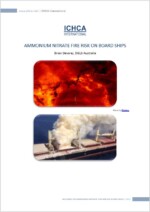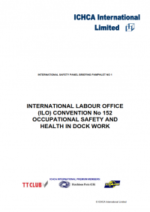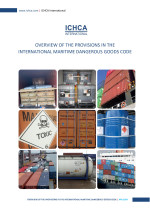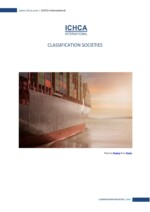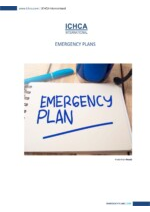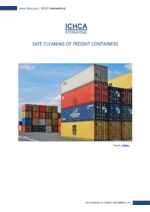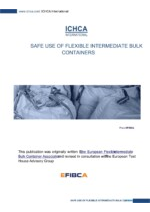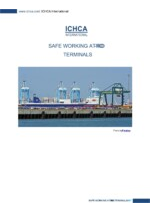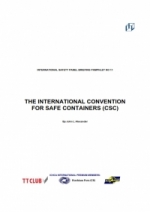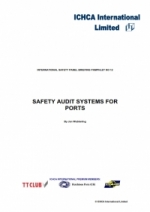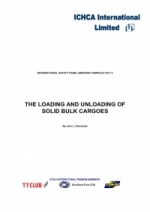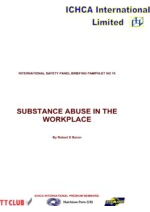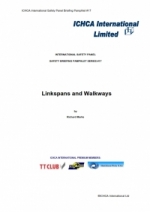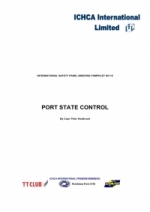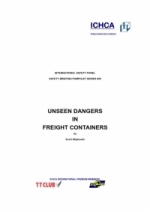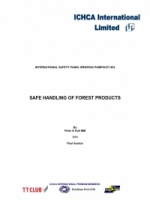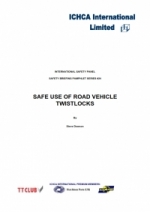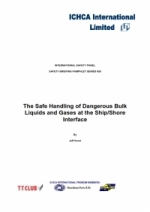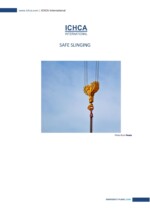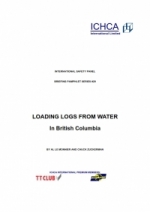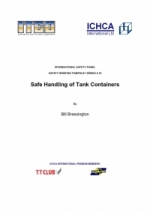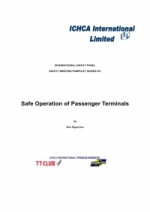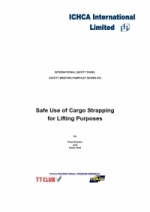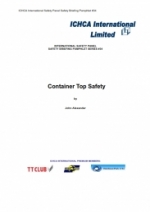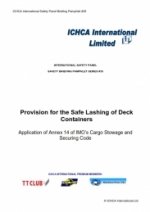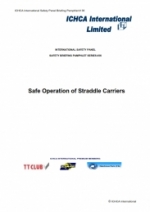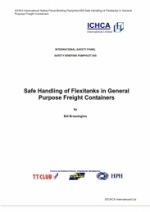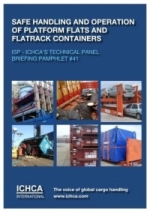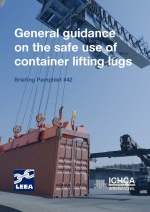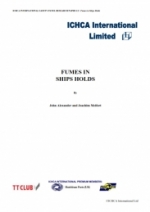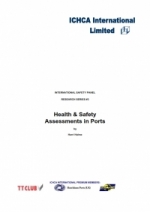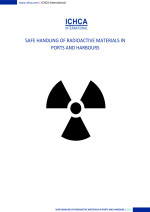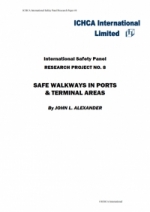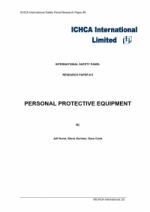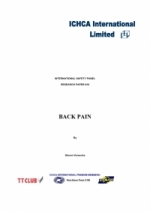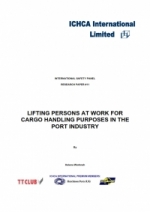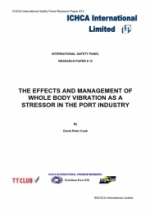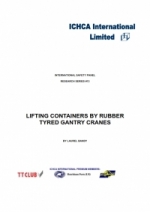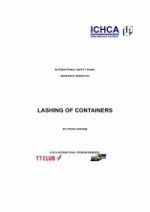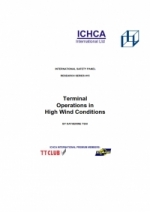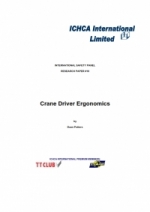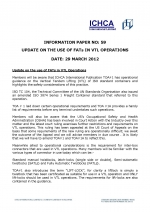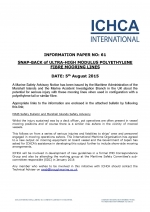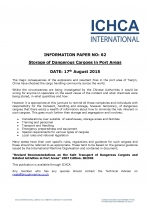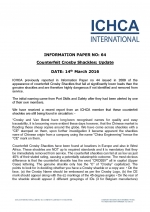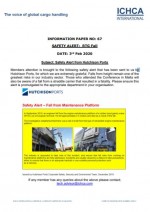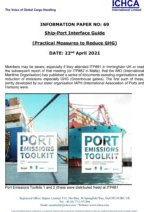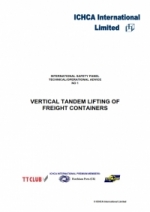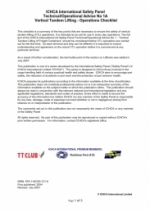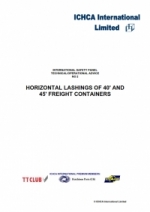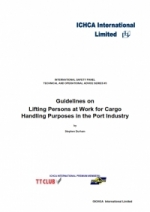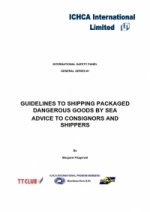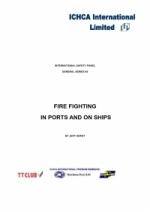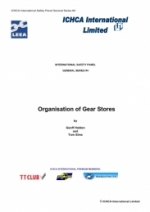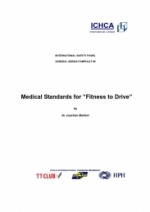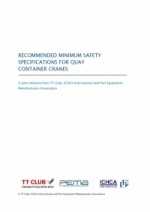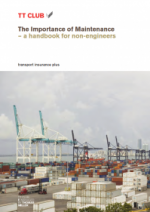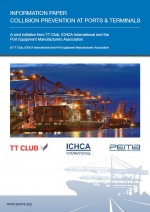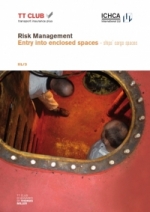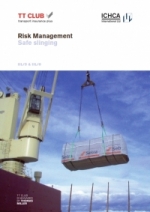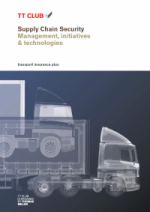Publications
ICHCA International has developed an extensive range of specialist publications on best practice in cargo handling operations. With more than 90 documents covering health and safety guidance, technical and operational practicalities, regulatory requirements and more, the ICHCA library represents a valuable repository of cargo handling expertise.
Publications are free to download for ICHCA members or can be purchased individually by non-members by contacting secretariat@ichca.com
Research Papers
The ICHCA Research Papers document detailed research on health and safety matters affecting cargo handling operations.
Research Papers are free to download for ICHCA members or can be purchased individually by non-members by contacting ICHCA Secretariat: secretariat@ichca.com
Information Papers
Information Papers are free to download.
Technical Series
This advice series provides specific guidance on technical and operational issues.
The papers in the Technical Series are free to download for ICHCA members or can be purchased individually by non-members by contacting: secretariat@ichca.com
General Series
The General Series is concerned with aspects that are not covered by the other three series, and provides information, guidance and research.
The papers in this series are free to download for ICHCA members or can be purchased individually by non-members by contacting ICHCA Secretariat: secretariat@ichca.com
Safety & Other Guides
This series of handy pocket-sized cards, prepared by ICHCA International in conjunction with the TT Club, provides safety tips, advice, and information on risk management in cargo handling.
This series is free to download for everyone who subscribes to this website.
Environment & Security Series
The Environment Series concentrates on environmental considerations relating to cargo operations and cargo handling. The Security Series builds upon the ISPS Code of the IMO and the guidance given by the ILO on security aboard ships and in ports.
The papers in the Environment and Security Series are free to download for ICHCA members or can be purchased individually by non-members by contacting ICHCA Secretariat: secretariat@ichca.com

